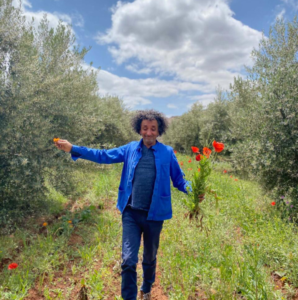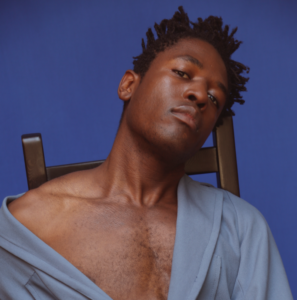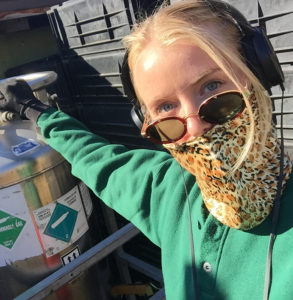Buenos Aires Visual Designer Carolina Carballo on Her Approach to Materiality
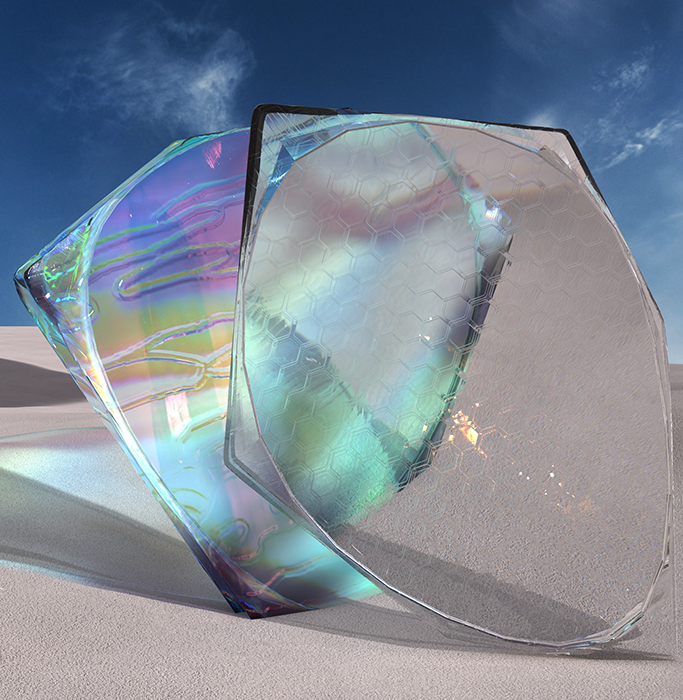
Interview with Carolina Carballo
by Maéva Carreira
Date
Tuesday, September 22th, 2020
Location
Buenos Aires, Argentina
Editor
Maéva Carreira
Editor-in-chief
Tamy Emma Pepin
Like many of us, Carolina Carballo’s life plans changed in March 2020. Her one-way plane ticket to Barcelona was cancelled. And although her plan to move to Spain was put on hold, it surely didn’t stop the Buenos Aires-based multi disciplinary visual designer to pursue her art. As the global pandemic evolves, Carolina is inspired, now more than ever, by nature and its power.

Carolina attributes the diverse academic environment as a key element allowing her to further explore her artistic identity and improve her learning process.
More Articles
Letter to the Next Generation
Fotar Tunteng on the Power of Colors and Emojis
The Truths Behind Our Fragmented Realities
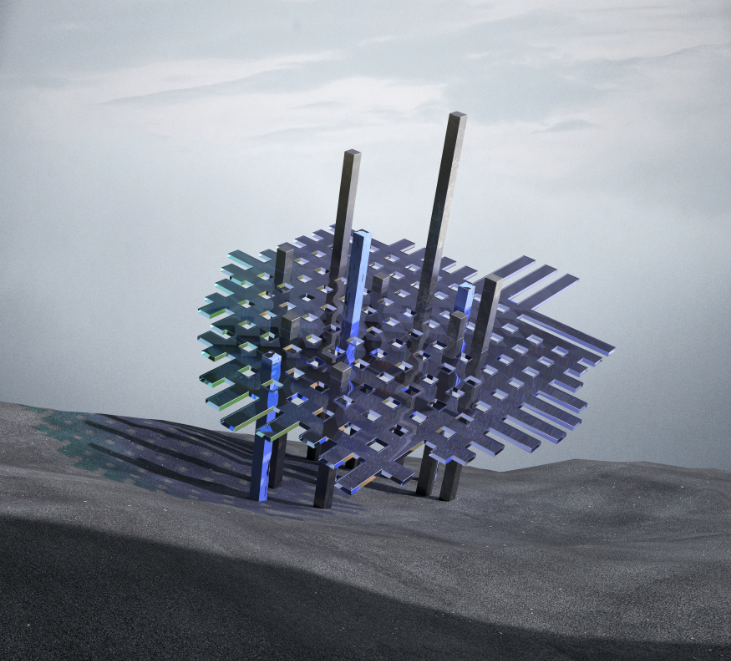
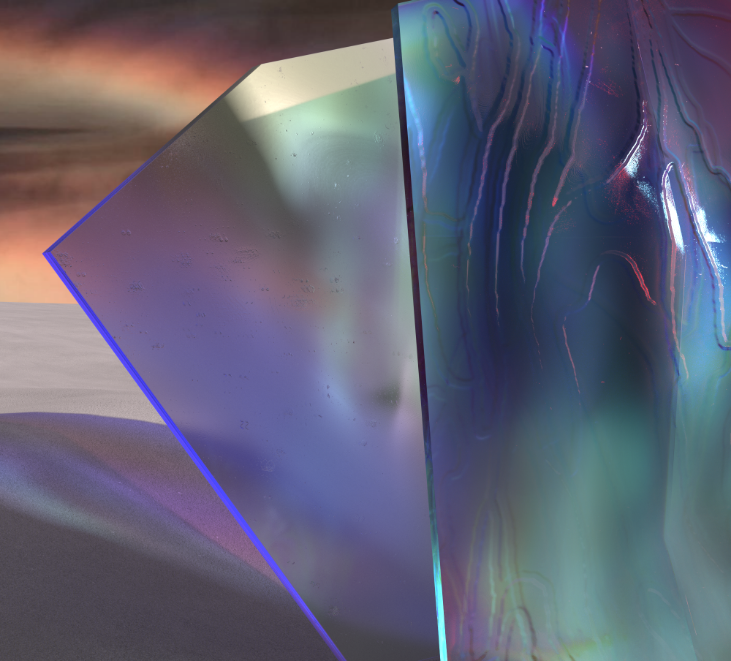
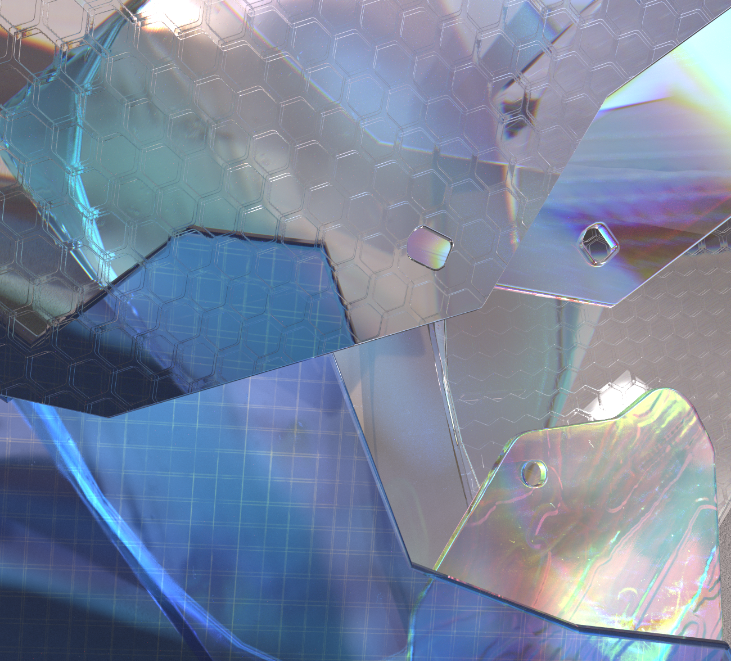
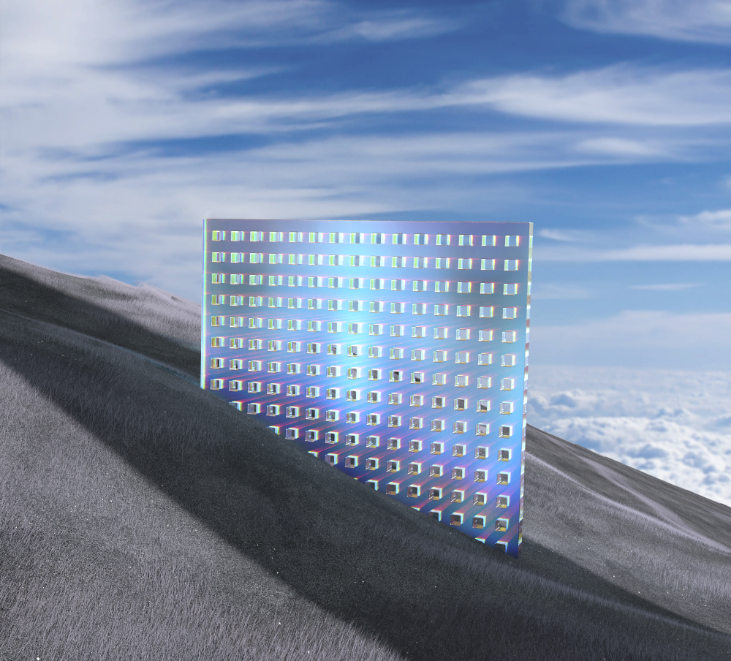

Visuals by Carolina Carballo created for ORB
CAROLINA CARBALLO
@_CAROLINA.CARBALLO_
WWW.CAROLINA-CARBALLO.COM
